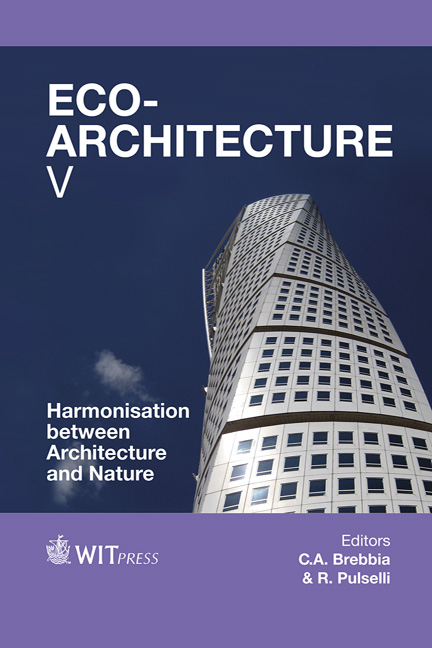The Development Of Unfired Earth Bricks Using Seaweed Biopolymers
Price
Free (open access)
Transaction
Volume
142
Pages
12
Page Range
219 - 230
Published
2014
Size
434 kb
Paper DOI
10.2495/ARC140201
Copyright
WIT Press
Author(s)
C. Dove
Abstract
The construction industry has been at the forefront of scrutiny regarding the inefficient consumption of natural resources and energy intensive processes involved in the manufacture of materials. There is therefore a growing incentive to develop new building technologies which have a low environmental impact and can contribute positively to sustainable design strategies. The ambition of this research is to develop composite materials for building applications using biopolymers obtained from macro-algae. Macro-algae, or seaweed as it is more commonly known, is a renewable and abundant resource which contains various useful constituents which may be suitable for the development of new materials. This includes the biopolymer, alginate, which is the main structural polysaccharide of brown seaweeds. This study focusses specifically on the manufacture of unfired clay bricks which incorporate alginate as a binding agent in an effort to improve their strength. It is anticipated that these bricks could be utilised as an internal walling system, offering a low embodied energy alternative to other masonry systems such as fired brick and concrete. This study discusses the use of four different alginate products sourced from Scottish seaweeds which were used to produce small-scale unfired bricks. Properties such as the mechanical strength and shrinkage of the specimens have been investigated. Results have demonstrated that two of the alginate products improved both the compressive and flexural strength of the bricks but that the magnitude of the strength increase was dependent on the type of alginate used.
Keywords
biopolymer, biocomposite, alginate, CEB, adobe





